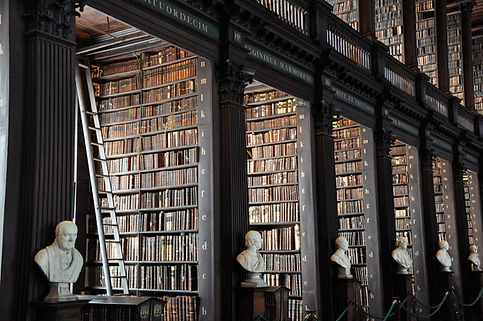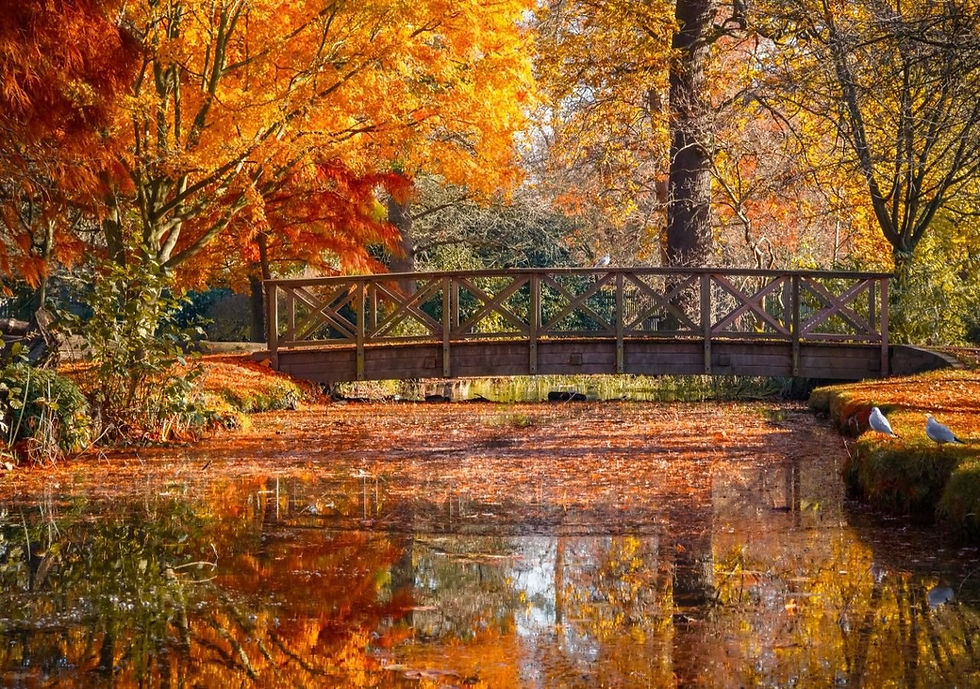The Change of The Way We Celebrate The Changing Year
- Öykü KALE
- 30 Ara 2020
- 3 dakikada okunur
We, as humans, have been celebrating New Year since at least 4 millennia ago. Of course, the traditions that started in ancient Babylon in 2,000 BCE have changed drastically since then. In ancient Babylon, the citizens would celebrate New Year (which was the first new moon following the vernal equinox for them, usually in late March) with an 11-day festival named Akitu. They would do things like reciting prayers to the patron deity of the city of Babylon, Marduk; performing dramas; speaking resolutions with an oath to the king and burning puppets that symbolize without Marduk, the city would be in constant chaos.
About 500 to 1000 years after the start of new year celebrations, Chinese people started celebrating the Chinese New Year, also known as the Lunar New Year. Its origins drive back to Shang Dynasty (1600 BCE - 1046 BCE) but the date of the holiday wasn’t fixed until the Han Dynasty (202 BCE - 220 CE). Historically, various Chinese dynasties celebrated the Chinese New Year in different ways, influencing each other at times along the way. There was ancestor worship in the Shang Dynasty, ceremonial gatherings and using fireworks to burn bamboos in Han Dynasty, displaying riddles on lanterns in Tang Dynasty and much more…
In 46 BCE Julius Caesar introduced the Julian calendar after the 10-month Roman one fell out of sync with the sun after centuries. With that, January 1 became the start of the year to honour the namesake Janus. Romans would decorate their homes, give offerings to Janus with the hope of good fortune and give gifts to each other, with probably the hope of getting a better gift in return.
Throughout mediaeval Christian Europe, the first day of the year was temporarily replaced with days with religious significance like March 25 (Feast of the Annunciation) and December 25 (Jesus' birthday). These days were also understood as spring equinox and winter solstice with Julian reform. As a result of this, March 25 was also a nature-based springtime holiday that celebrates divine femininity. There would be massive parades on the streets and offerings to the shrines of Mary, who was likened to the earth itself in the sense of receiving the seed in spring that would bear a gift, whether that would be a fruit or Jesus. Pope Gregory later reestablished January 1 as New Year’s Day in 1582.
Nowruz, also known as the Persian New Year, started getting celebrated in 11th century CE with the reform of the Iranian calendar and is still celebrated by more than 300 million people worldwide. It has various foundation myths in Iranian mythology. Nowruz is the day of the vernal equinox and marks the beginning of spring in the Northern Hemisphere. Some holiday customs include house cleaning, buying new clothes, visiting friends and family, jumping over the fire which is a symbol for leaving the bad luck behind, eating special meals, throwing rings into the river and throwing clay cups against the walls.
Today, there are a lot of different and interesting traditions about celebrating the first day of the year. For example, a giant ball is dropped at midnight in Times Square since 1907, people wear white in Brazil and carry suitcases in Colombia, Greek hangs an onion on the door of their home as a symbol of rebirth. I personally choose to do nothing but sit at my coach like a sloth but each to their own, right?
Sources




Comments